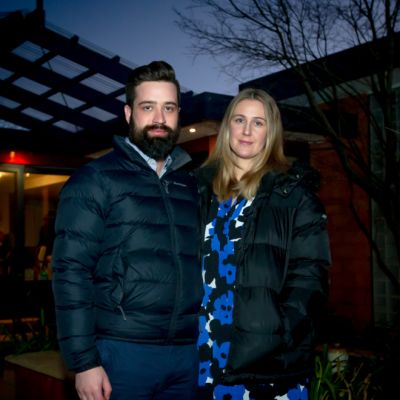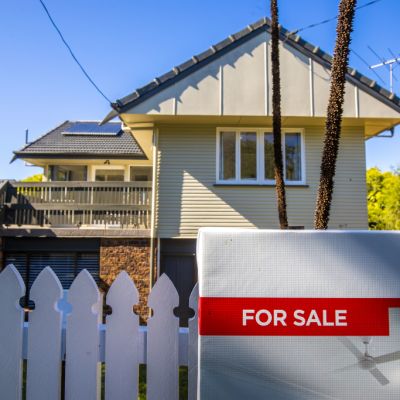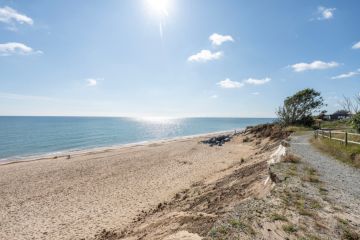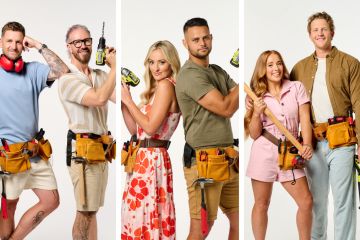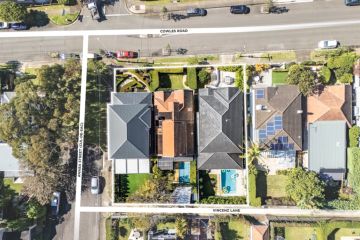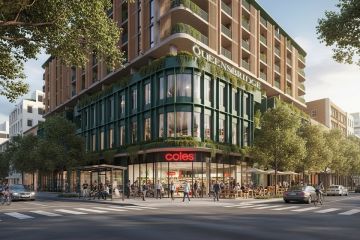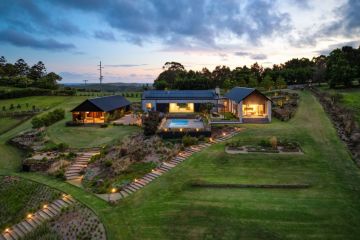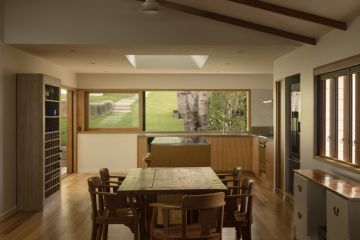Could tiny homes help solve Canberra’s affordable housing crisis?
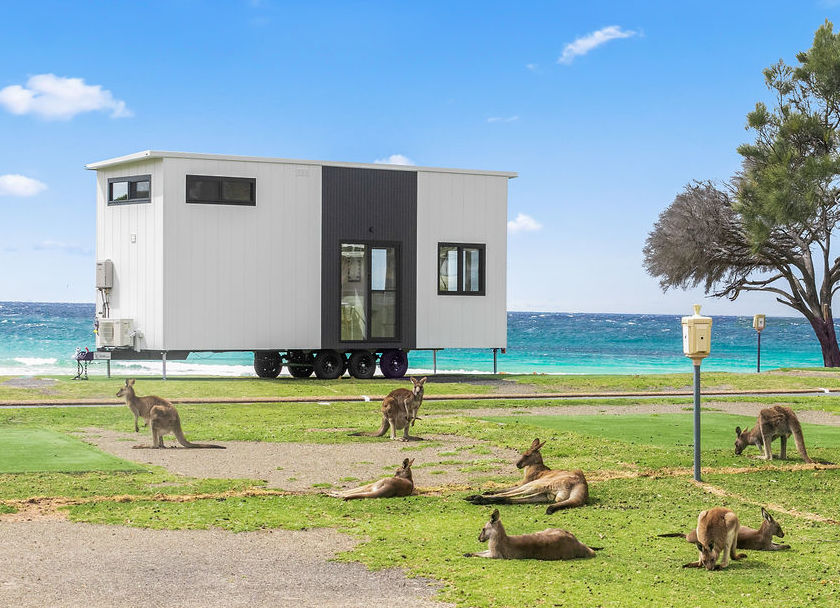
Canberra property hunters may soon turn away from a standard home in favour of tiny houses, drawn to the affordability and lifestyle. But is it a viable alternative to paying Canberra’s rising house prices?
The prospect of decluttering your life and simplifying your lifestyle while shaving house costs and reducing your carbon footprint has never sounded more tempting for property hunters.
Kylie Emans of Designer Eco Tiny Homes has seen a surge in demand over the years. The Ulladulla-based business has gone from strength to strength, building tiny homes for clients across the country and in nearby Canberra.
“Tiny houses have become very popular in recent years because the price tag is much smaller than a mortgage,” Ms Emans said.
“A basic model usually includes a loft bedroom, kitchen, bathroom, a lounge nook and a dining table.”
Canberra’s median house price hit a record high of $1,015,833 in the June quarter, up 10.4 per cent over the quarter and 29.2 per cent over the year, the latest Domain House Price Report showed.
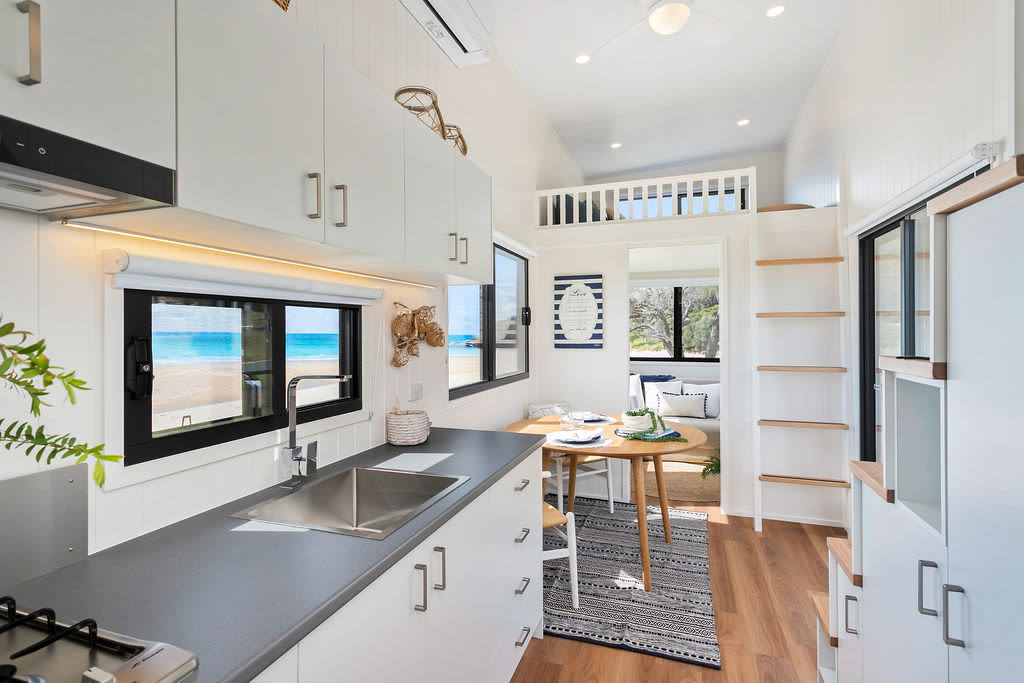
For Aussie Tiny Houses founder Fabio Paulucci, the crux of the business was to be able to be a solution to rising house prices across the country.
“Our vision in 2017 was to be an alternative to the real estate market and since then, our business has doubled in size … we’ve had to move factories five times over the past five years because we needed space to build these tiny houses,” he said.
“Now, we’ve delivered tiny houses to people all over the country, including Canberra.
“But it’s not only an alternative to expensive houses, it’s an alternative to the lifestyle on offer. Some people want to live off the grid and pursue an independent lifestyle.”
Tiny homes cost anywhere from $75,000 and can sleep up to six people. They take up to six weeks to build, which may seem long, but is far shorter than building an off-the-plan property, Ms Emans added.
“It’s a matter of having the right set-up that allows for a tiny home to be on it,” she said.
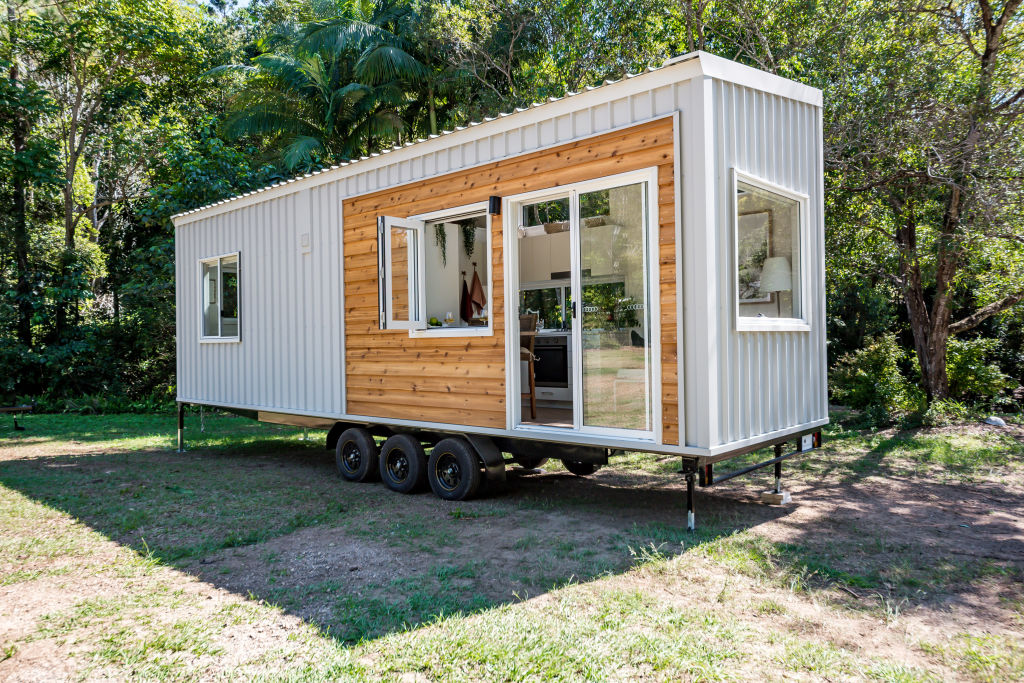
According to Mr Paulucci, tiny houses remove the biggest barrier to affordable housing: purchasing the land.
“The biggest barrier to owning a conventional house is the land itself. The build of a tiny house is also substantially lower than the cost of a full-sized dwelling,” he said.
“We have clients who purchase a tiny house as a stepping stone to purchasing a standalone house – first-home buyers – who’d usually live in it for about two to four years before moving on.
“It’s a way for people to get out of the rental market.”
Ms Emans said that it’s not just first-home buyers who are swapping the standard Australian dream for tiny living, but vulnerable persons as well.
“We have divorcees, particularly single women with kids who also want tiny homes built for them,” she said.
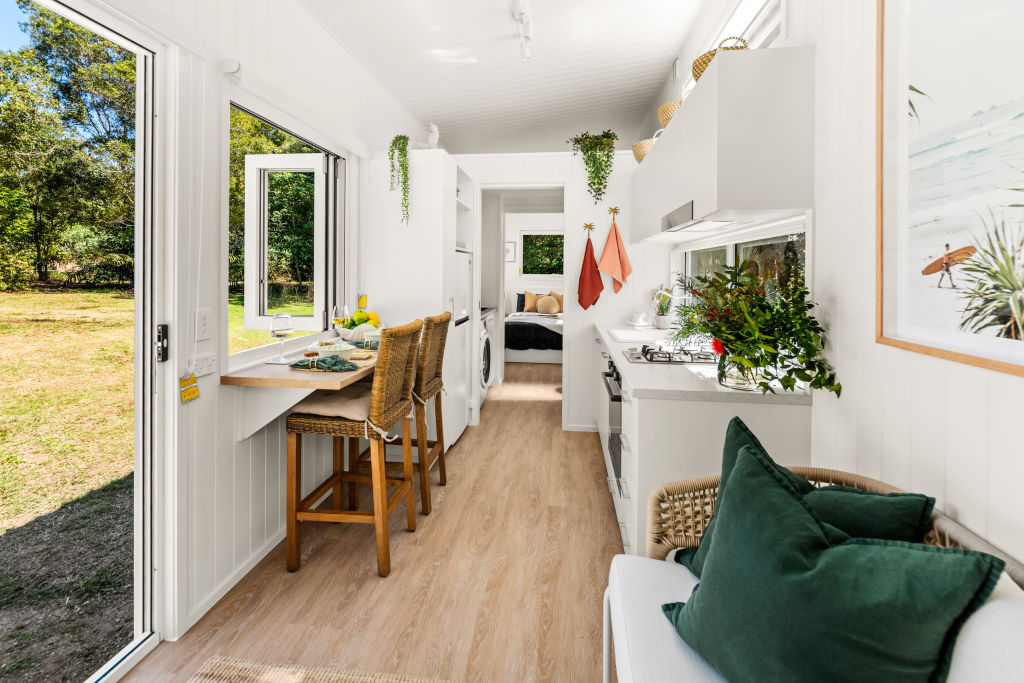
“The demand has never been greater, particularly as rising house prices make it almost impossible for first-home buyers to get their foot in the property door.”
Social enterprise start-up Live Simply plans to create “communities” across Australia under a caravan park model, replacing older caravans with architect-designed, newly made tiny houses.
“Tiny houses can also be moving houses and residents in these communities can sell their land and/or house if they want to move,” said founder Jules Bray of Living Simply.
“People who are locked out of the property market want something of their own and while building a tiny home will still cost something, it’s not as great as a house.
“Having built a couple myself, I know that they can be built at a much cheaper price from $35,000 … my goal is to build much more affordable tiny houses with all the essential items and people can upgrade as they go.”
We recommend
States
Capital Cities
Capital Cities - Rentals
Popular Areas
Allhomes
More
